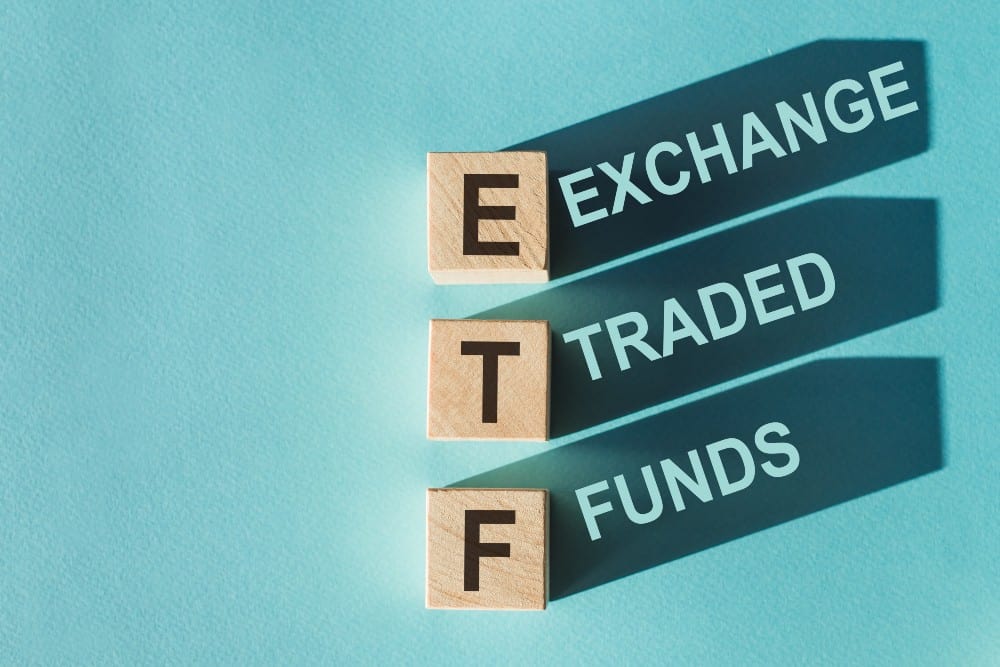Have you heard of the low-volatility phenomenon? While taking on more (compensated) risks with your investments generally leads to higher returns, there is an exception. Over long periods of time, stocks with lower sensitivity to market movements (called beta) tends to outperform those with higher volatility.
While the math behind this deserves another article in and of itself, investors can get away with noting that low-volatility stocks can be excellent long-term core holdings in an investment portfolio. Although you could pick these stocks, screening and assessing them individually for this criterion could be difficult.
A better way is to buy and hold a low-volatility exchange-traded fund (ETF), such as those offered by BMO Global Asset Management. These ETF portfolios offer easy exposure to a low-beta weighted portfolio of U.S. and Canadian stocks with lower volatility than the market.
What is low volatility, anyways?
Volatility is generally measured by two metrics: standard deviation and beta.
Standard deviation is expressed as the percentage that your investments will fluctuate around their average return.
For example, two separate portfolios both return 7%, but the first has a standard deviation of 10% versus the second at 12%. The first portfolio will experience greater ups and downs.
Beta is a measure of how volatile a stock is compared to the market (which always has a beta of one).
A stock that moves more than the market has a beta of greater than one. A stock that moves less than the market has a beta of less than one. Finally, stocks that move inversely to the market have a negative beta of less than zero.
The best low-volatility equity ETFs
For the Canadian equity portion of your portfolio, I recommend BMO Low Volatility Canadian Equity ETF (TSX:ZLB). ZLB holds a portfolio of 47 low-beta, large-cap stocks and costs a management expense ratio (MER) of 0.35% to hold. The ETF has an annual distribution yield of 2.51%.
The underlying stocks held in ZLB are mostly concentrated in the financials, consumer staples, utilities, and telecommunications sectors. These have historically been lower volatility industries compared to the rest of the TSX sectors, such as technology or energy.
For the U.S. equity portion of your portfolio, I recommend BMO Low Volatility US Equity ETF (TSX:ZLU). ZLU holds a portfolio of 103 low-beta, blue-chip U.S. stocks and costs an MER of 0.33% to hold. The ETF has an annual distribution yield of 1.90%.
The underlying stocks held in ZLU are mostly concentrated in the utilities, consumer staples, healthcare, and financials sectors. The more volatile technology sector only comprises 4.34% of the ETF, giving ZLU a more balanced composition compared to the S&P 500.
What the numbers say
A cautionary statement before we dive in: past performance is no guarantee of future results, which can and will vary. The portfolio returns presented below are hypothetical and backtested. The returns do not reflect trading costs, transaction fees, or taxes, which can cause drag.
First up is ZLB vs. iShares S&P/TSX 60 Index ETF (TSX:XIU). From 2013 to present, ZLB significantly outperformed on multiple metrics, including a better overall return (CAGR), less volatility (Stdev), lower worst year, lower max drawdown, and better risk-adjusted return (Sharpe Ratio).
Next up is ZLU vs. Vanguard S&P 500 Index ETF (TSX:VFV). From 2014 to present, ZLB also outperformed on multiple metrics, with a slightly lower overall return (CAGR) but less volatility (Stdev), lower worst year, lower max drawdown, and better risk-adjusted return (Sharpe Ratio).
The verdict? Low-volatility investing works (at least in the past). The future may be different, but if you’re willing to accept a slightly lower overall return for better risk-adjusted results, ZLB and ZLU could be great additions to your investment portfolio.

